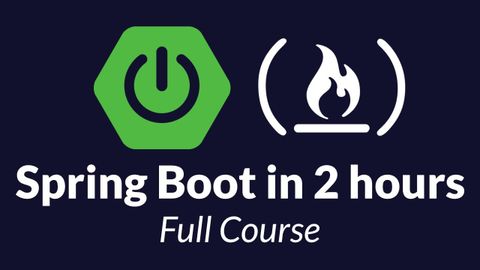初心者のためのSpring Bootチュートリアル (Java Framework) (Spring Boot Tutorial for Beginners (Java Framework))
林宜悉 が 2021 年 01 月 14 日 に投稿  この条件に一致する単語はありません
この条件に一致する単語はありません- n. (c./u.)~へ行く手段;利用する機会;アクセス
- v.t.利用可能である : 使用許可を得る
- v.t./i.アクセス;アクセスする
US /ˈbesɪkəli,-kli/
・
UK /ˈbeɪsɪkli/
- n. (c./u.)(社会的)上層階級;権力を持つ人;えり抜きの人々;精鋭;エリート;(印刷)小型活字
- adj.(社会的)上層階級;権力を持つ人;精鋭な
エネルギーを使用
すべての単語を解除
発音・解説・フィルター機能を解除

